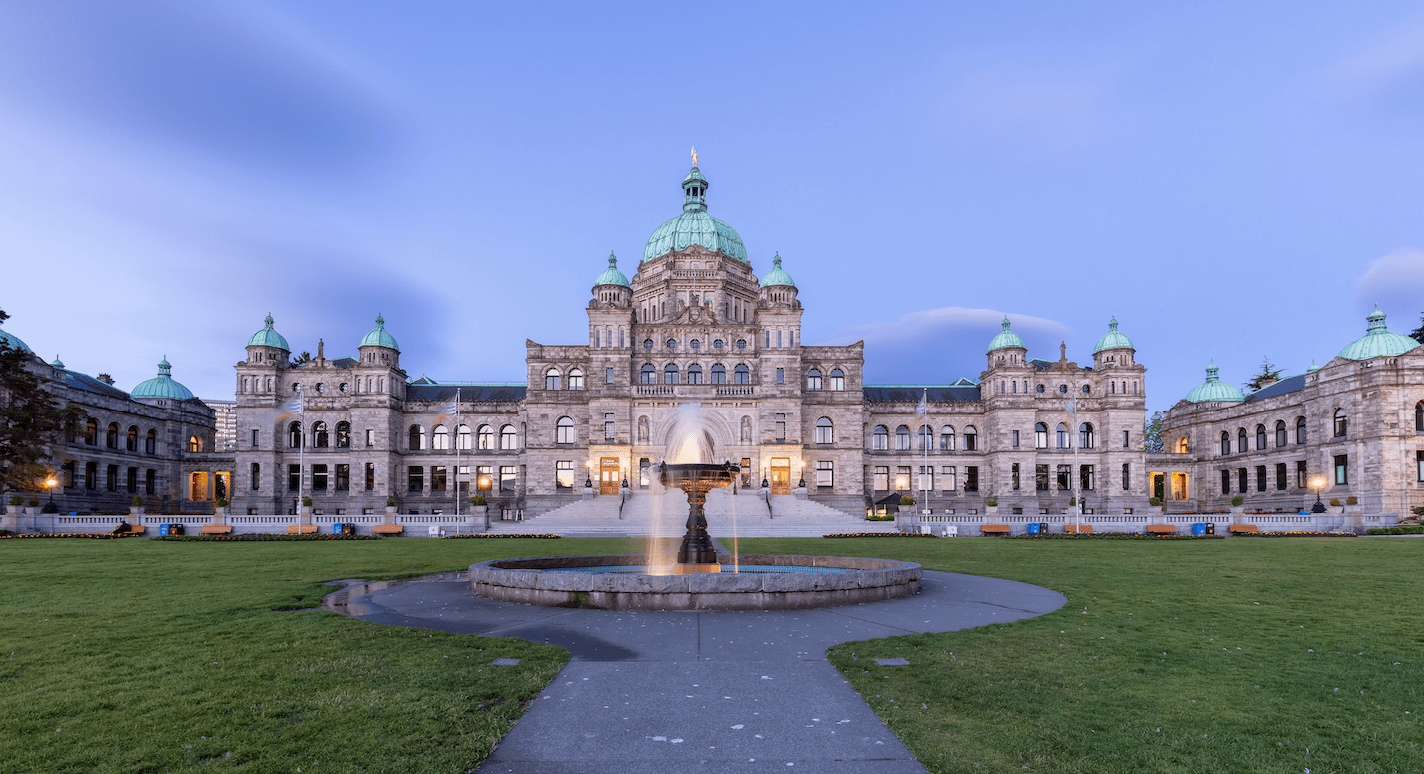
The seedling species needed to plant areas planned for harvesting must be ordered from forestry greenhouses years in advance to ensure they are ready to go in the ground immediately following timber harvesting
BRITISH COLUMBIA – Last year alone, nearly three million hectares of forests were burned in BC wildfires – areas that must be replanted to support important ecosystems, sustain wildlife and critical habitat, and provide economic opportunities for local communities. But today, we have an enormous backlog of reforestation to be completed in our province. Hundreds of millions of seedlings need to go in the ground, yet ten percent of forestry greenhouses sit empty and planting of outdoor seedling facilities is declining as sowing requests are delayed due to uncertainty in the forest sector.
Reforestation is a critical part of forest management—and it’s not done just to fill the gaps created by timber harvesting. Forests are subject to injury and damage by wildlife, forest pests and diseases, wildfires, and climate change. Ongoing reforestation programs must keep pace with forest health needs to maintain the sustainability of our forests.
It isn’t just about getting seedlings in the ground—it’s about getting the right seedlings in the ground. Seedlings that will grow into trees able to withstand evolving natural threats. Significant dollars are invested in genetics research and development of forest stock that will thrive in the future. Forest companies play a large role in that research, providing expertise and resources.
Forest companies are a vital component of reforestation efforts. In 2024, 235 million of the 290 million seedlings expected to be planted will be done through forest companies. Many forest companies also maintain their own forest greenhouses to grow and provide the seedlings needed.
The forest industry is an ecosystem—everything is connected. The reforestation sector relies on planning and certainty within the forest sector in order to function effectively.
The seedling species needed to plant areas planned for harvesting must be ordered from forestry greenhouses years in advance to ensure they are ready to go in the ground immediately following timber harvesting. The availability of these forestry greenhouses and reforestation workers are critical to replanting harvested areas and the vast tracks of timberland burned by wildfires or damaged in other ways.
Reforestation activities coordinate through a complex network of human resources, materials, technology, and services. This part of the forest sector alone contributes $500 million annually to the province’s economy, employing up to 10,000 at the peak of the field season.
When cutting permits are delayed indefinitely, uncertainty is introduced into the network. If the sector doesn’t know if or when it will harvest, the seedlings cannot be ordered. Without orders for seedlings, forest nurseries may stand empty. If the people who grow and plant the trees can’t be sure of their employment, some will leave the industry, taking their valuable skills and experience with them. They are not easily replaced.
The fact is, we depend on our natural forest landscapes in so many ways—economically, recreationally, spiritually—and reforestation is key to ensuring we have forests into the future. In British Columbia, more than ten billion trees have been planted since reforestation programs began in 1930. But we’re starting to fall behind.
Uncertainty is damaging. We need a strong reforestation sector to maintain the present and future health of our forests. And the reforestation sector depends on a sustainable and thriving forest sector.
Forestry matters – to you, to us all.


